Enhancing Ice Hockey Performance with Technology
Available in:
EN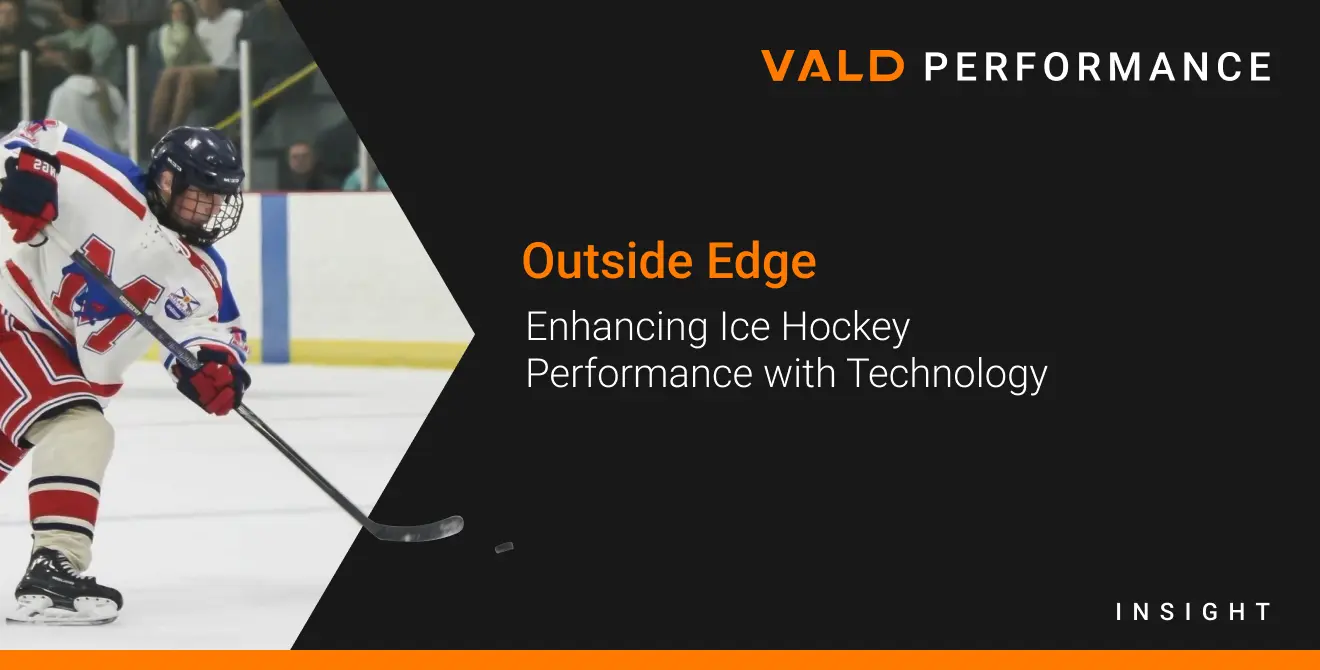
Ice hockey is a physically demanding sport that requires a mix of skill, speed, physicality and endurance, compounded with a dense competition schedule. With such a physical demand placed on the players, a challenge arises for many teams and performance centers working with these athletes: how do you prepare for such a sport?
While the X’s and O’s of sets, reps and exercises are often left to the individuality of the athlete and performance staff, a consistent theme holds true regardless of the level of play:
Good preparation is good preparation, no matter what.
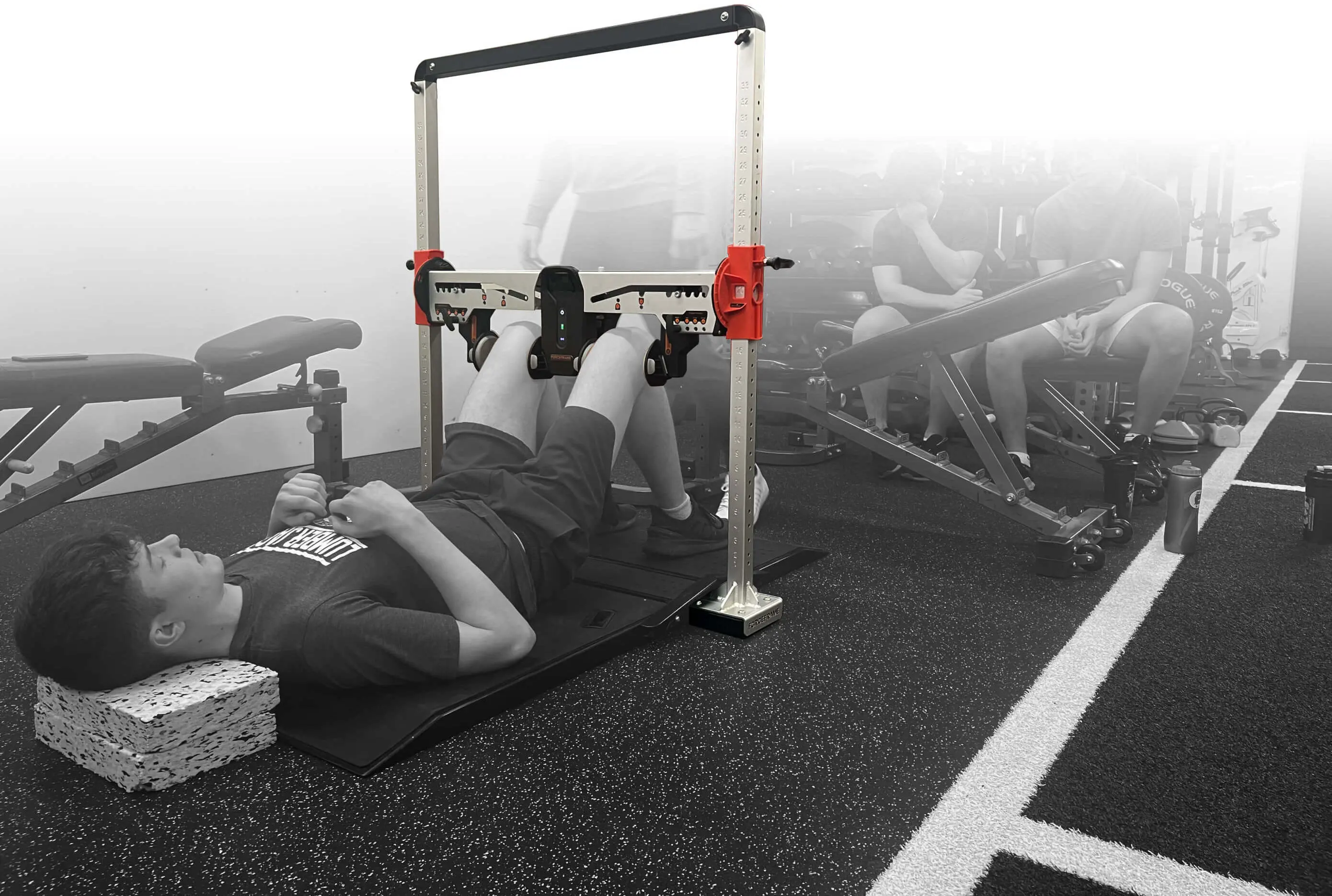
How “Outside Edge” Cultivates the Best and Brightest NHL Hopefuls
For the last nine years, Outside Edge has been at the epicenter of all things hockey performance and training. Outside Edge trains teams such as the Halifax Mooseheads (QMJHL), Saint Mary’s University Huskies women’s varsity team and a cadre of pro/elite players during the offseason months (May to September). While they are equally equipped to serve professional athletes from a myriad of other sports, their heart lies on the ice.
In 2023, Outside Edge introduced objective measurement technologies from VALD Performance to take their testing and training to the next level. Since then, ForceDecks, ForceFrame, NordBord and DynaMo have given the Outside Edge team the competitive advantage they needed to personalize their athletes’ training.
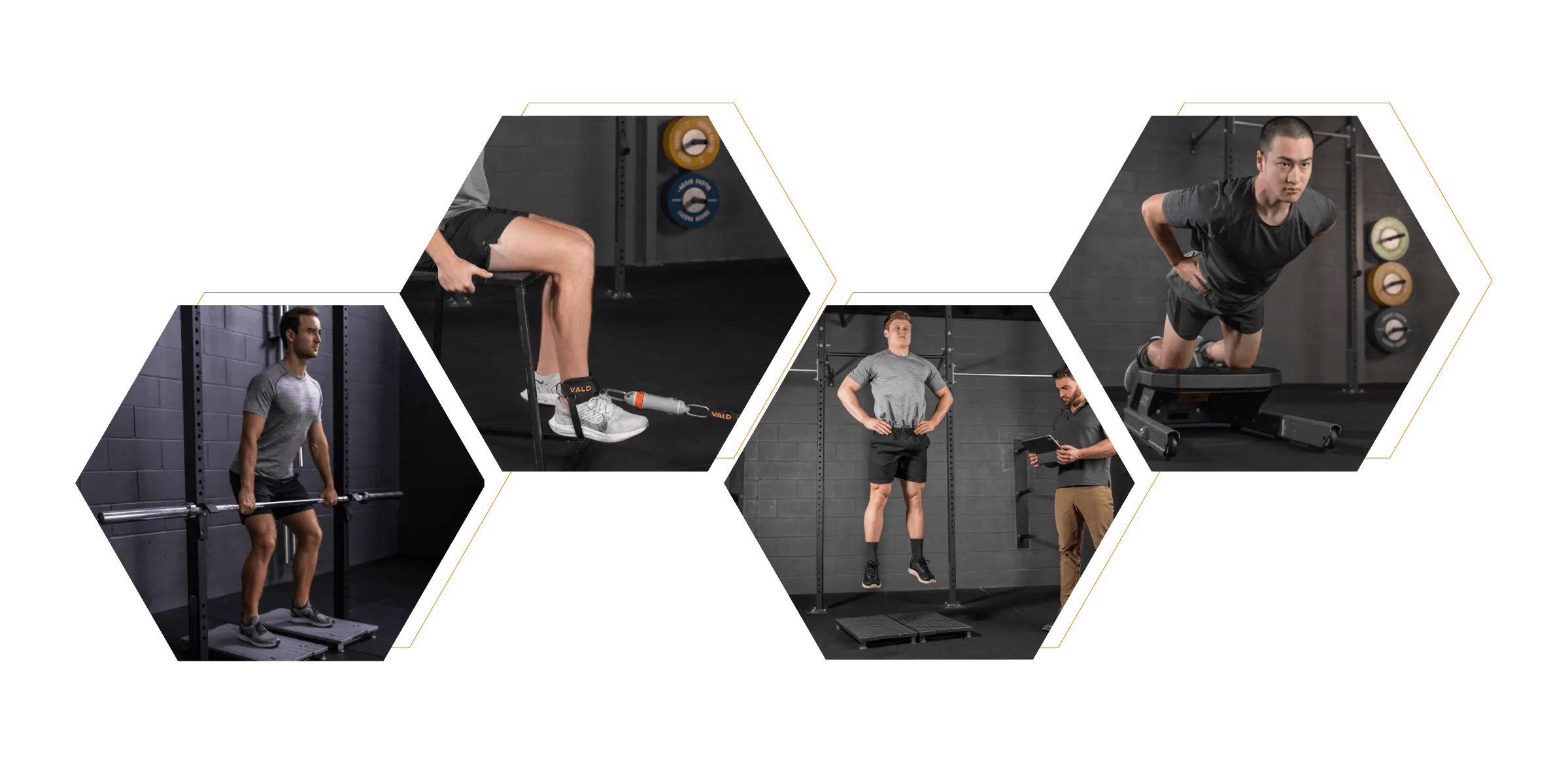
VALD’s Frank McKinnon sat down with the Outside Edge staff Chris Pierce and Sean Hagen in February of 2024 to learn how VALD’s technology was introduced into their performance assessments.
What impact did you see between the 2022 and 2023 off-seasons; before and after you implemented VALD technology?
The integration of VALD technology streamlined our existing processes. We were doing a lot of solid training beforehand and I think that is what got us to the point we’re at today: doing the right things consistently to improve our athletes’ performance. But now, with this technology, we’re able to hold a mirror up to our training and reflect on how quick and effective our programming truly is.
…with this technology, we’re able to hold a mirror up to our training and reflect on how quick and effective our programming truly is …the biggest leverage point that this technology gave us is knowing when exactly to move on from a stage of training.
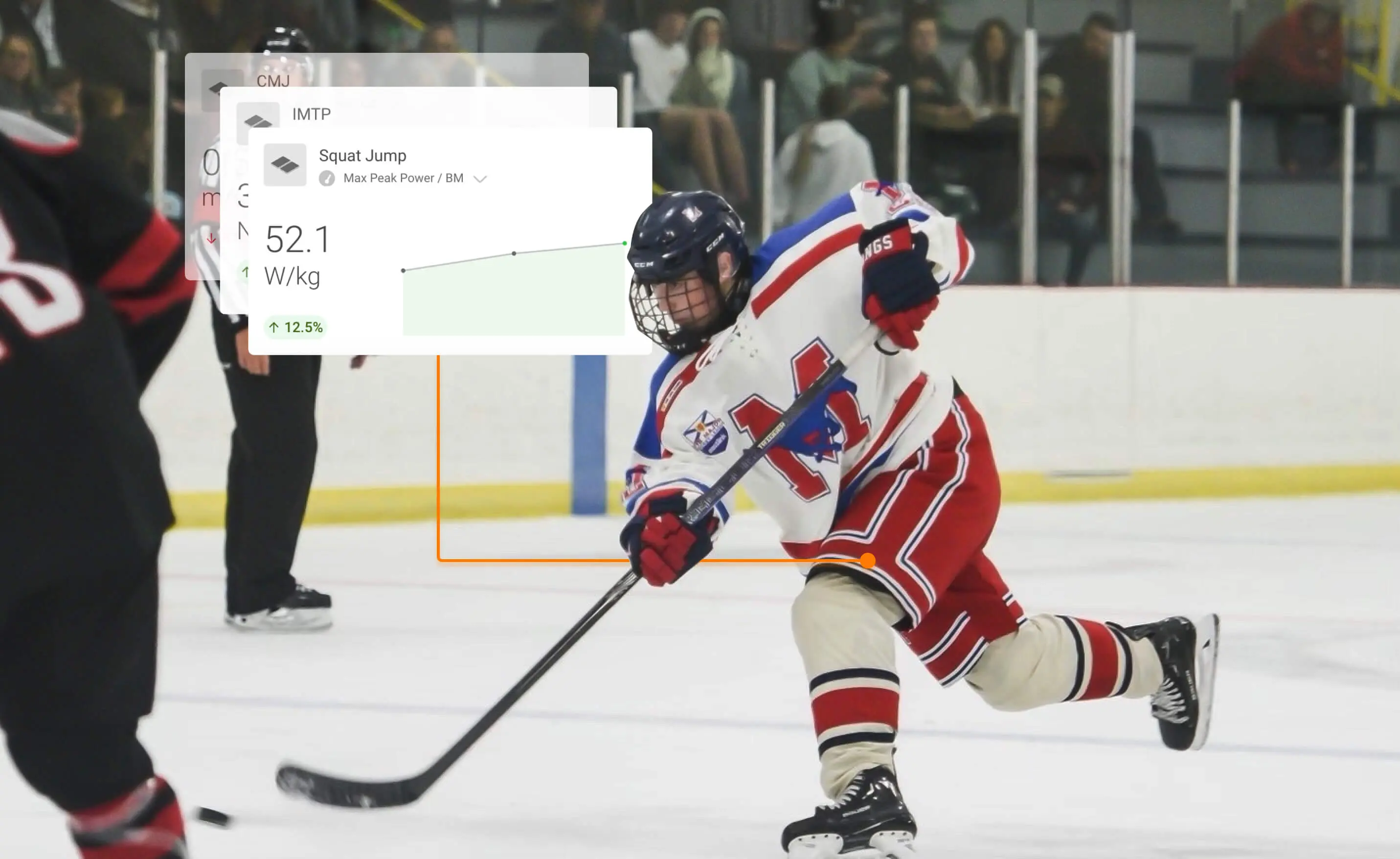
I think the biggest leverage point that this technology gave us is knowing when exactly to move on from a stage of training or when to stay put with what we’re doing. Every coach knows that each athlete will react slightly differently to a training program; with our monitoring process, we’re able to tailor and personalize how long each phase an athlete is working in and maximize their improvement in each stage of training.
So often, “progressions” in performance are purely dictated by time or weight on the bar, but now we have objective data telling us when our program is improving the qualities that matter, like asymmetries, peak power, peak force and more.
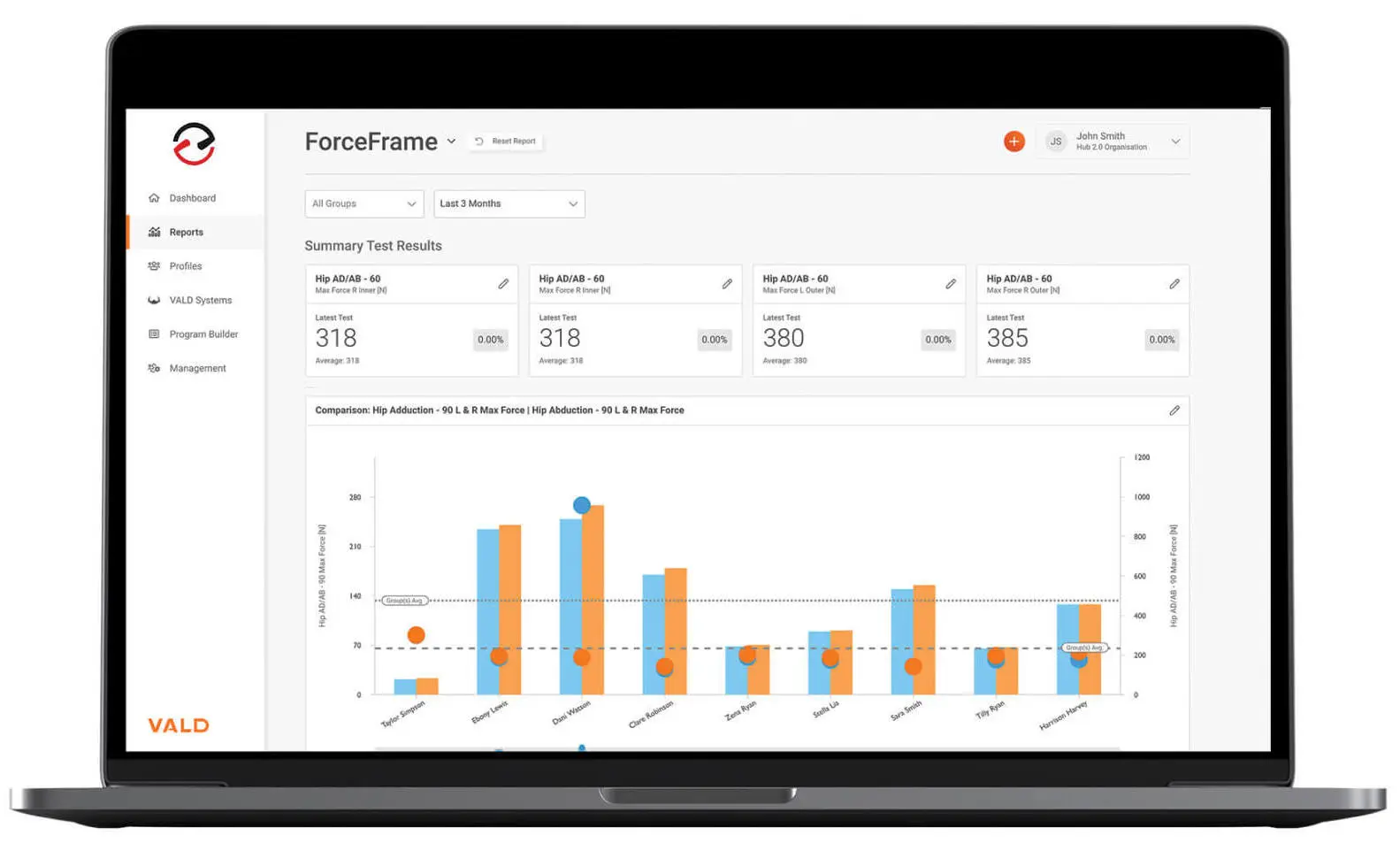
An example of a group monitoring dashboard on VALD Hub
So often “progressions” in performance are purely dictated by time or weight on the bar, but now we have objective data telling us when our program is improving the qualities that matter, like asymmetries, peak power, peak force and more.
How often do you assess and monitor your athletes for training adaptations?
Like most things in performance, it depends. For many of our off-season athletes who are coming in consistently, we schedule reassessments every three weeks to ensure that everything is moving in the right direction. Alternatively, some of our higher-level athletes or injured players rehabilitating might undergo monitoring as often as every session as a quick screen to see how they’ve tolerated the previous training sessions.
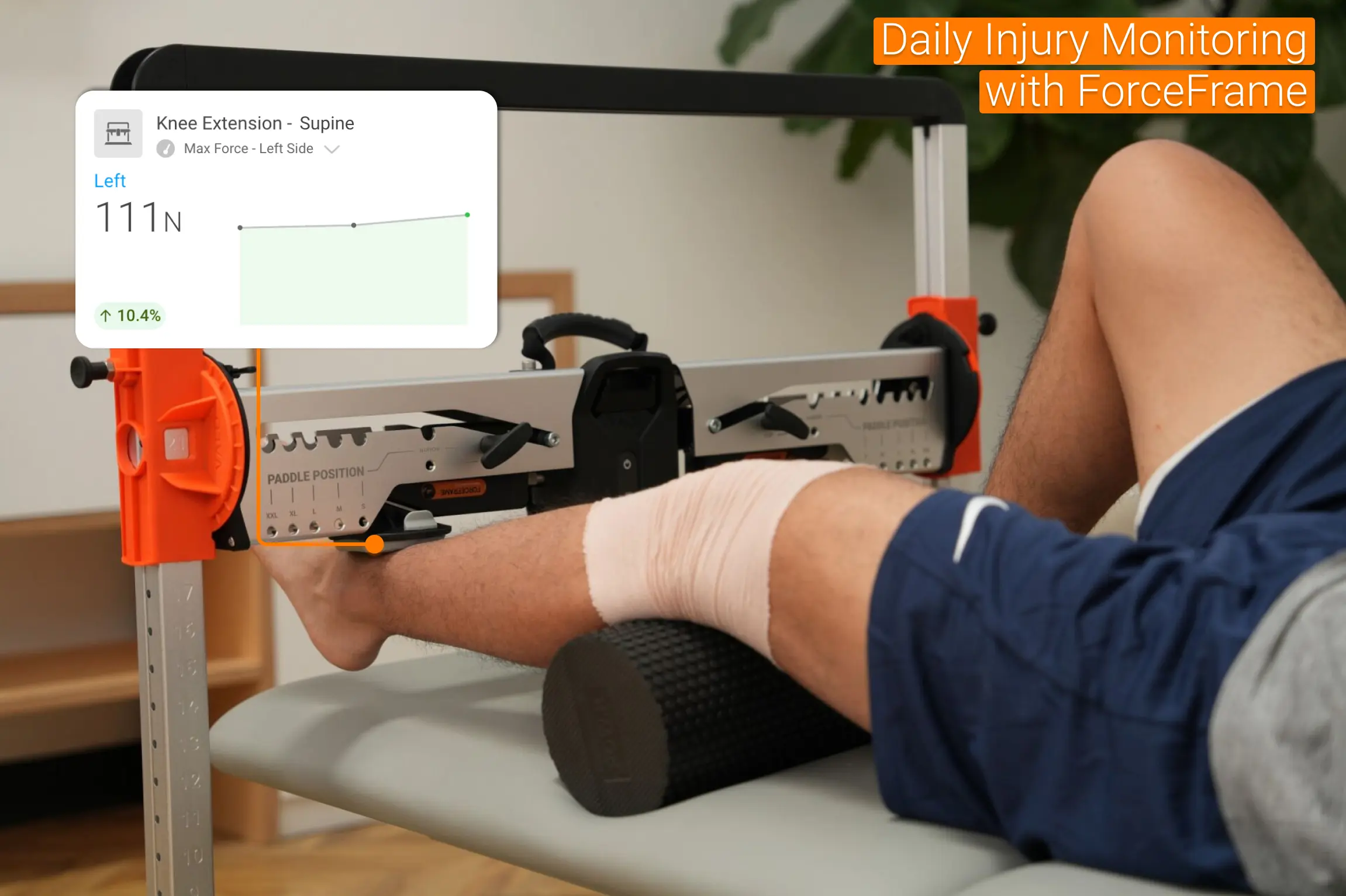
What about the tests and metrics themselves? What are you assessing and how are you basing your decisions on them?
After doing some of our own research to find out what qualities are the best for us to monitor, we landed on a combination of absolute metrics and ratios to guide our planning. Looking at peak force and peak power in our jump assessments has helped us look at trends over time and ensure we’re building our athletes’ overall capacity.
However, where our decisions really shine is using some of the shoulder and hip ratios, as well as Dynamic Strength Index (DSI). DSI is great because it shows you the deficiencies that we can’t pick up on with our coaching eyes. We’ve had players come in that we previously would have biased towards working on heavy load strength training. Still, our testing battery forces us to check our biases as often we’ve seen DSI indicating that some athletes need more ballistic and plyometric exercises instead. This has improved our ability to make decisions and implement new training ideas as a facility.
DSI is great because it shows you the deficiencies that we can’t pick up on with our coaching eyes.
With DSI, you can have an assessment and decision made in minutes that would have previously taken us days or weeks of guessing and checking our performance outputs.
How has your testing and prescription process changed?
The biggest change we’ve seen with implementing VALD technology is how it accelerates our prescription process. What used to take us two weeks to collect data, analyze information and apply that information to programs now takes us a matter of minutes, thanks to VALD Hub. The automatic calculations allow us to visualize our customized key metrics seconds after the test is done, making our decision-making process much faster.
What used to take us two weeks to collect data, analyze information and apply that information to programs now takes us a matter of minutes, thanks to VALD Hub.
With a new, streamlined process for tracking and monitoring our athletes, we’ve become much more efficient with our abilities as a performance center. Incorporating VALD solutions into our off-season training has streamlined our progress-tracking and allows us to quickly analyze if what we’re doing in the gym is translating to the athlete's performance. We’re always checking in on how our players are comparing to their baselines and monitoring minute changes that may indicate precursors to performance enhancement or injury.
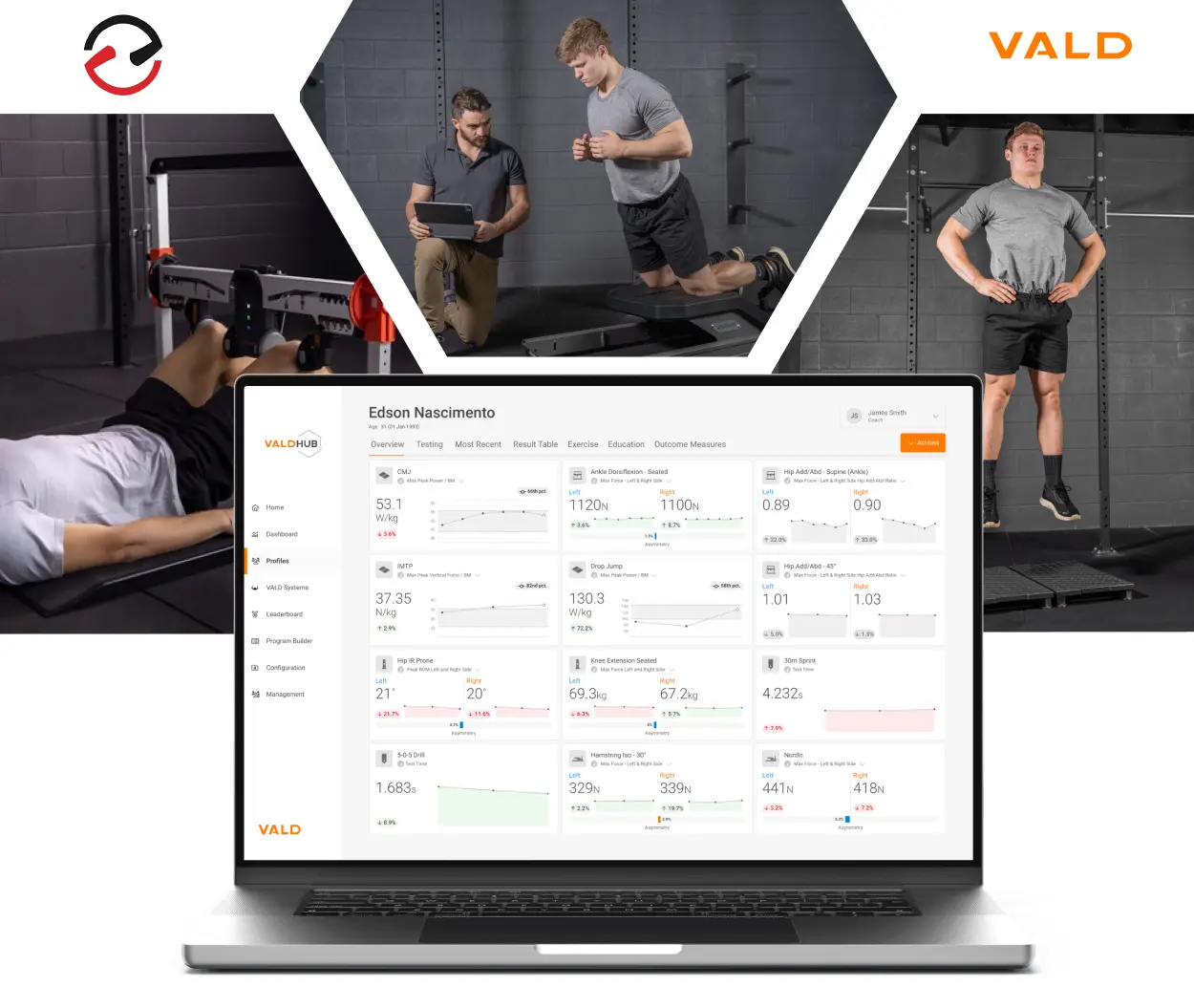
What has been the biggest impact you’ve seen since implementing this technology?
Quantifying the athletes' true asymmetries has been a massive wow factor for our team. Before, we were looking at athletes' capacities bilaterally and assessing form as a key performance indicator for symmetry. However, we’ve learned since using this technology that the movement itself might look smooth, but when you check in VALD Hub, we can truly see how well this athlete hides their deficits.
The icing on the cake is when we quantify the improvement in asymmetry that we wouldn’t have been able to pick up on before. After implementing more unilateral training with some of the athletes with whom we saw significant imbalances, we were able to see great improvements and a considerable narrowing of their asymmetry gaps.
What about working with athletes recovering from injury? Has your process changed at all with these players?
The ForceFrame has been a massive help with our players undergoing some rehabilitation or reconditioning. Using peak force values and ratios such as hip abduction:adduction (ABD:ADD) and shoulder external rotation:internal rotation (ER:IR) have been cornerstones of our rehab processes since getting the ForceFrame in 2023. With the ForceFrame virtually always set up, we can grab a quick assessment of athletes’ strength numbers in a couple of minutes as a way to guide and personalize their training plan for that day.
ForceFrame has been a massive help with our players undergoing some rehabilitation or reconditioning. Using peak force values and ratios such as hip ABD:ADD and shoulder ER:IR have been cornerstones of our rehab processes.
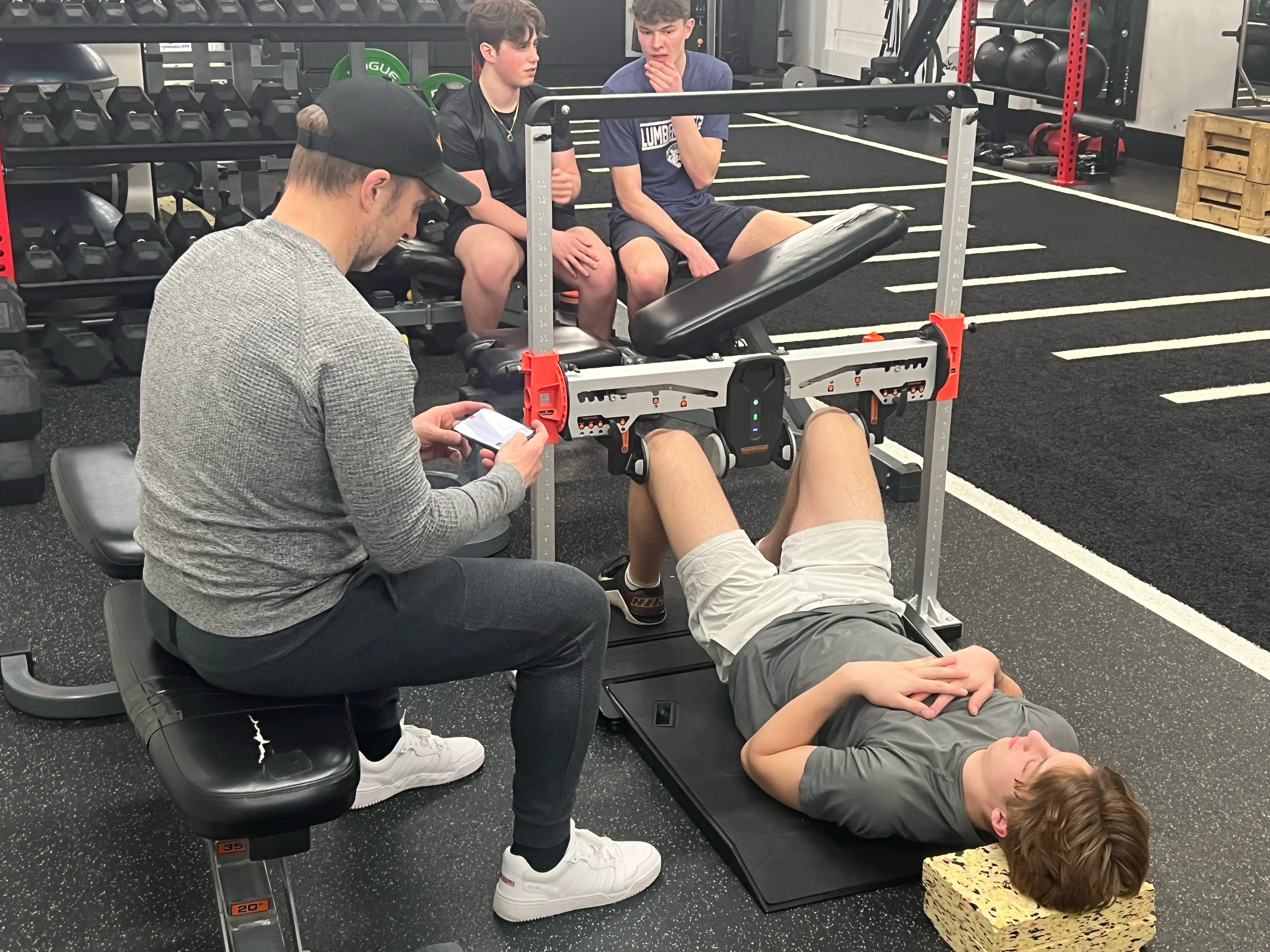
Not to mention, buy-in was fast. Our athletes adopted the technology quickly and saw benefits almost immediately. We have always put a lot of focus on tissue health, but all we could manage was manual testing to drive our decisions. Now that we’ve implemented the ForceFrame and NordBord into our tests, it was easy for the pro players to get on board and keep them motivated when the differences become so apparent. It has been a massive help for player engagement.
…but all we could manage was manual testing to drive our decisions. Now that we’ve implemented the ForceFrame and NordBord into our tests, it was easy for the pro players to get on board and keep them motivated when the differences become so apparent.
If you would like to know more about how to integrate VALD’s human measurement technology into your organization to help with the engagement of your clients, please reach out here.
Chris Pierce: Founder of Outside Edge, Chris serves as a Strength and Conditioning Coach for the Halifax Mooseheads, Halifax Wanderers and the SMU Huskies Men's and Women's AUS Hockey teams. He holds a BSc from Saint Mary's University Canada with a double major in Biology and Psychology. For two decades, Chris has trained hockey players both on and off the ice, and has developed a comprehensive program that includes strength and conditioning, technical skating, skills and hockey sense. He is a certified hockey coach and CSCS (Certified Strength and Conditioning Specialist), using his education and experience to design effective training programs for his athletes.
Sean Hagen: Since 2017, Sean has been a Strength Coach at Outside Edge, leveraging his Masters Degree in Kinesiology from Dalhousie University with his firsthand experience as a player and referee in the Quebec Major Junior Hockey League (QMJHL). Sean draws on his education, extensive hockey knowledge and enthusiasm for strength and conditioning to design and execute programs, and ultimately improve his athletes’ performance.
